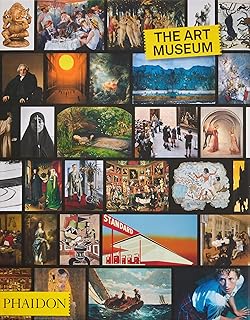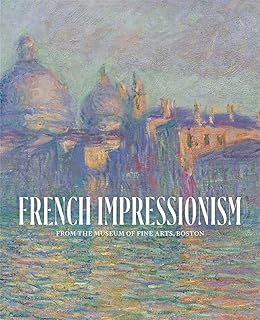The British Museum has been at the center of various controversies, with theft incidents marking its recent history. Efforts to repatriate looted artifacts, like the Benin Bronzes and Parthenon Marbles, have put the institution under scrutiny. Former curator Peter Higgs added to the museum’s troubles by stealing and selling over 1,800 artifacts. The latest incident involves Brazilian artist Ilê Sartuzi, who orchestrated a heist of a historic coin minted in 1665.
Sartuzi meticulously planned the coin theft a year in advance, culminating in a cinematic moment captured in a seven-minute video called Sleight of Hand. The artist’s exhibition at Goldsmiths showcased this daring act, where he dropped the stolen coin into the museum’s donation box, reminiscent of a scene from a movie.
The artist’s intention was to shed light on the issue of universal museums, criticizing institutions like the British Museum for perpetuating colonial and imperialist legacies. Despite the coin not being registered in the museum’s database, allowing visitors to handle it under supervision, the act was condemned as an abuse of trust and decency.
The British Museum is yet to decide whether to pursue legal action against Sartuzi. While the artist and his lawyer maintain his innocence, the museum’s representative expressed disappointment over the breach of trust inherent in allowing visitors to interact with historical artifacts.
This incident adds to the museum’s turbulent history of theft and controversy, underscoring the ongoing debate surrounding cultural heritage and ownership. The artist’s bold act raises questions about the boundaries of art and activism, challenging traditional notions of museum engagement and public access to historical objects.
As museums grapple with issues of provenance and restitution, Sartuzi’s coin heist serves as a provocative commentary on the complexities of cultural heritage in a globalized world. The intersection of art, ethics, and institutional critique is brought to the forefront through this audacious performance, sparking conversations about the role of museums in shaping narratives of history and identity.
While the outcome of this incident remains uncertain, it underscores the power of art to provoke thought and incite change. By blurring the lines between reality and fiction, Sartuzi challenges viewers to reconsider the ways in which we engage with cultural institutions and the stories they tell.
📰 Related Articles
- Bungie Faces Art Theft Controversy in Marathon Development
- Bungie Faces Art Theft Backlash in Marathon Controversy
- Trump Faces Backlash Over Qatar Jet Gift Controversy
- IndiGo Faces Criticism Over Mishandling Passenger Luggage
- Ice Nine Kills Faces Backlash Over AI Merchandise Controversy






